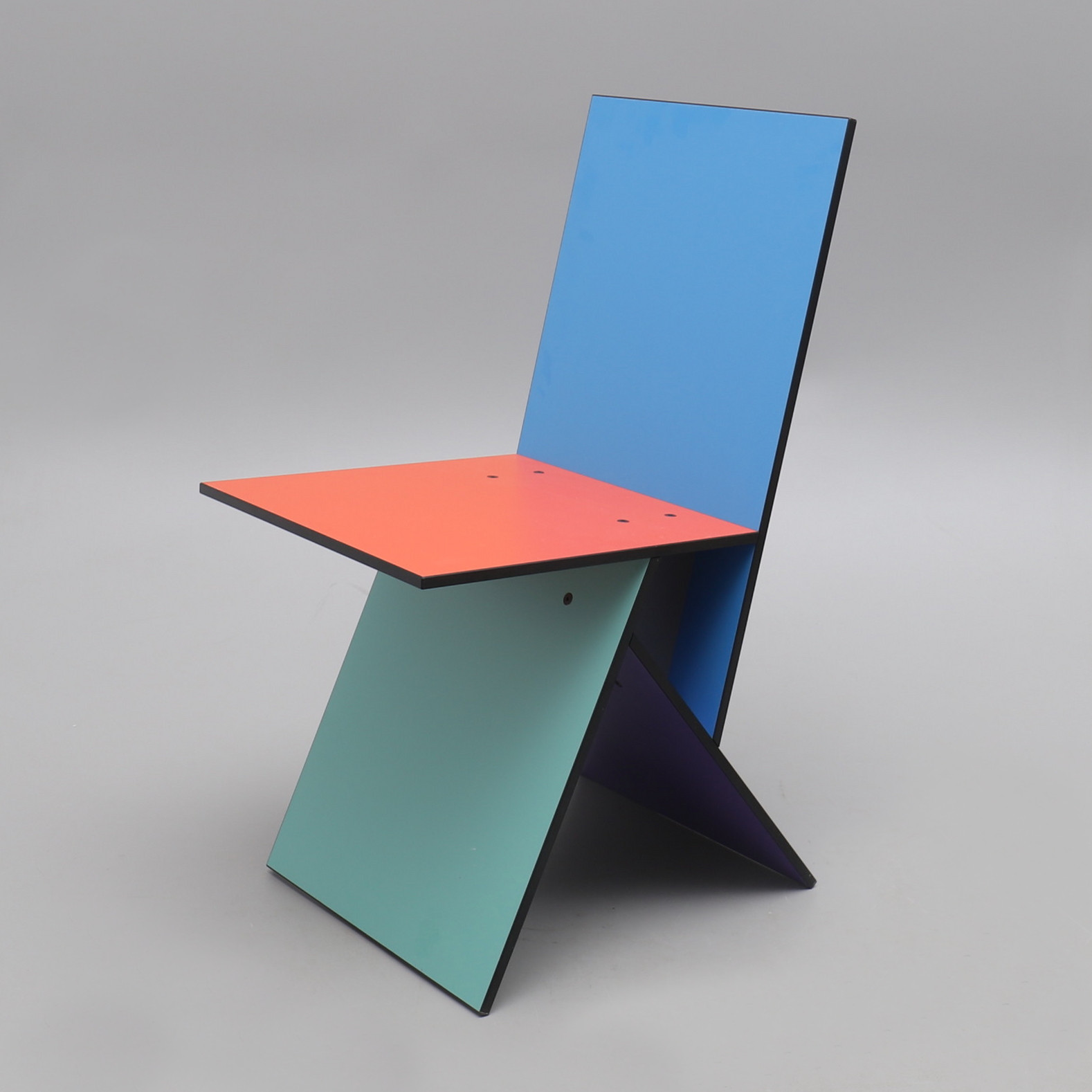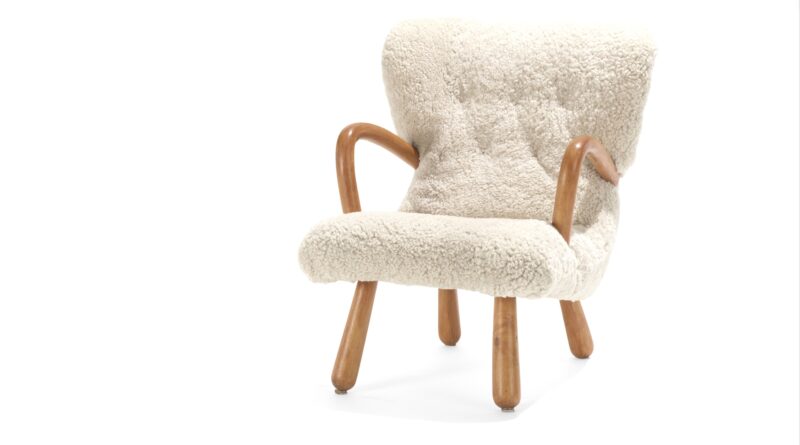Vintage IKEA furniture in demand
 With its mass-produced pieces seemingly the antithesis of the antiques world, early pieces from the global-spanning Swedish manufacturer of furniture and homewares, IKEA, are in demand, writes Andreas Siesing, expert at online auction platform, Auctionet.
With its mass-produced pieces seemingly the antithesis of the antiques world, early pieces from the global-spanning Swedish manufacturer of furniture and homewares, IKEA, are in demand, writes Andreas Siesing, expert at online auction platform, Auctionet.

Older furniture and lamps that were barely considered valuable are now being sold at record prices at auctions, not only in Europe but also in the USA. In short, IKEA is hotter than ever!
But it hasn’t always been like this. Until just a few years ago, IKEA was an outcast in the auction industry and a completely unthinkable brand at major auction house events. The prevailing opinion was that the quality was poor and the design language offered pale imitations of existing market models, and the interest from the public was virtually non-existent. Cunning dealers removed labels that revealed the origin of the furniture or lamps, and many sold items were auctioned off without information about the designer or model name. But times change. Today, the brand is more than viable in the Scandinavian auction industry, and record prices are being set one after another.

The change can be traced back ten to fifteen years. More and more IKEA models, primarily armchairs, were sold at increasingly higher prices at Swedish auction houses. Initially, it mainly concerned models from the 1950s and 1960s, but soon it also included products from the following two decades. Hand in hand with the rising prices, auction houses began cataloguing with greater accuracy. This led to a snowball effect that has since grown bigger and bigger.

In the autumn of 2021, Bengt Ruda’s Cavelli armchair was sold for 185,000 SEK inc. fees (approx. 13,500 GBP), at Stadsauktion Sundsvall in Sweden. It set a world record for an IKEA furniture piece and made headlines around the world.

The following year, the American auction house Wright included the IKEA Åke armchair in its Scandinavian Design Sale. There are also several international design dealers who present furniture and lamps from IKEA side by side with modern design classics.
The older collection of the Swedish furniture retailer has been reassessed in recent years. Stereotypical judgments such as poor quality and generic design have been replaced by a genuine interest in IKEA’s role in modern Scandinavian design history.
This fact has certainly not escaped the current management of IKEA, who timely digitized all the catalogues, made them accessible to the general public, and thus added fuel to the enthusiasm for the older models. No saturation in the market can be discerned. On the contrary, demand is constantly increasing.
One drawback in this context is that many design gems from the Swedish interior giant have long been discarded by unaware owners who had no idea that the price development would skyrocket.

Do you have an older IKEA piece at me? Don’t throw it away without first checking its value.

